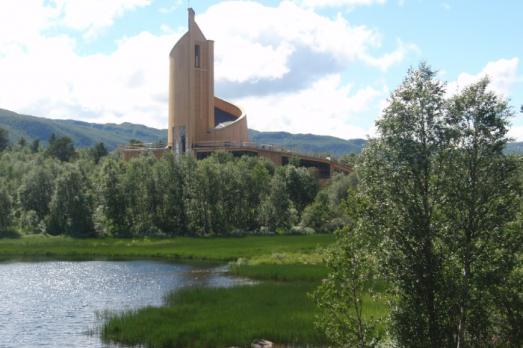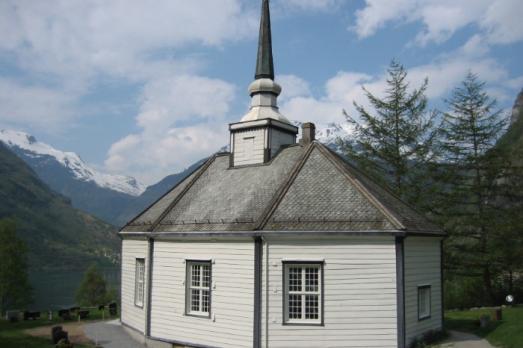
Geertekerk
Utrecht, NL
The Geertekerk was built between 1248-1400, after the Reformation it was successively used as a Reformed church, stable, barracks, warehouse and from 1814 to 1930 again as a Reformed church. In a ruinous state at the end of the 1940s, the building was completely restored from 1954 to 1956.










